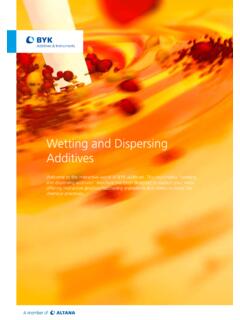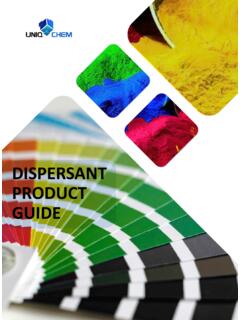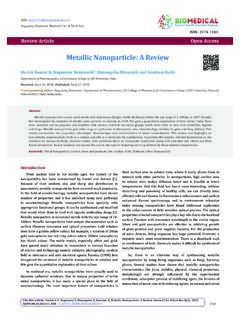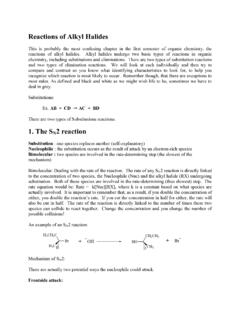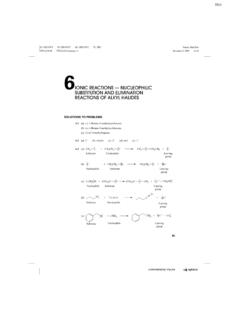Steric Stabilization
Found 10 free book(s)Wetting and Dispersing Additives for Epoxy Applications ...
ebooks.byk.comand/or steric stabilization. Both stabilization measures are described below. Deflocculation generates rather Newtonian flow characteris-tics along with generally reduced viscosity. This, in turn, im-proves leveling behavior and enables higher pigment loading. Due to the small particle size of the deflocculated pigments,
DISPERSANT PRODUCT GUIDE - Uniqchem
www.uniqchem.com1.1.1 Electrostatic stabilization is only working in a water based application. When two particles having the same charges approaching each other will result in a repelling effect. The resulting Coulomb-repulsion of the charged particles allows the system to remain stable. 1.1.2 Steric stabilization suited for water and
Surfactants – classification, features and applications
www.lcpe.uni-sofia.bgSteric stabilization by nonionic surfactants Nonionic surfactants. Role of surfactant micelles Solution rheology (shampoos, dish-washing gels) higher solution viscosity Structural forces in foam films: Control of micelle shape: mixtures (SLES+CAPB), counterions (Ca2+), temperature (for EO surfactants)
Zeta potential - An introduction in 30 minutes
www.research.colostate.eduSteric stabilization is simple, requiring just the addition of a suitable polymer. However it can be difficult to subsequently flocculate the system if this is required, the polymer can be expensive and in some cases the polymer is undesirable e.g. when a ceramic slip is cast and
Metallic Nanoparticle: A Review - Biomedres.us
biomedres.usSo, this stabilization can be achieved either by steric exclusion or electrostatic stabilization by using a capping agent such as surfactant, polymer, solid support or ligand with suitable functional groups. Electrostatic stabilization
1. The Wittig Reaction - CCC/UPCMLD
ccc.chem.pitt.eduFeb 12, 2007 · ratios that depend on the level of stabilization (charge delocalization) of the ylide. The Wittig reaction must involve a mechanism other than the betaine pathway. A synchronous ... An interplay of 1,2- and 1,3-steric interactions decides which diastereomeric oxaphosphetane will be favored. It is important to recall,
Reactions of Alkyl Halides - Towson University
tigerweb.towson.edugroup, alleviates both the electronic and steric issues seen in the frontside attack. This is a one-step concerted (i.e. happens all at once) process where all the bond formations and breakages ... Both are extremely good leaving groups due to resonance stabilization: S CH 3 O O SCH 3 O O O O 3. Solvent: The rate of the reaction can be affected ...
IONIC REACTIONS — NUCLEOPHILIC SUBSTITUTION AND ...
www.austincc.eduthe stabilization of the transition state, and thereby increases the free energy of activation, thus decreasing the rate of reaction. 6.18 (Most reactive) (Least reactive) CH 3OSO 2CF 3 > 3I 3Br 3Cl 3F 14 3OH. ... N2 attack because of the steric hindrance. (A very small amount of S
Reaction Mechanisms - IITPK
www.iitpk.comelectron release and stabilization of R +. The effect is opposite in S. N. 2 reactions +because bulky R’s sterically hinder formation of, and raise + ∆ H for, the transition state. (d) Strong nucleophiles favor S N 2 reactions and do not affect S N 1 reactions . Illustration :
What Makes a Good Nucleophile? - University of Minnesota
www1.chem.umn.edubecause of TS stabilization, not product stabilization + + + + What Makes a Good Leaving Group? 2. Polarizable. (Stabilizes transition state.) So, I is a better leaving group than F . I F good overlap, stabilization poor overlap Interesting consequence: I is both a good nucleophile and a good leaving group.
